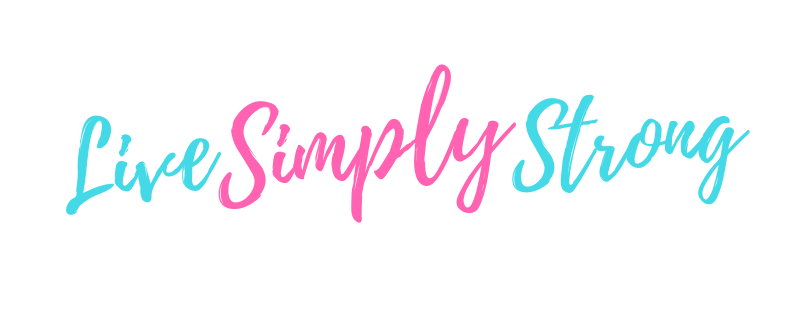How to alleviate pain during plank!
It seems as though the plank has been creeping into all forms of fitness these days. It’s not just practised in the Yoga and Pilates studios anymore and for a good reason! It’s challenging and it works! However, way too many people are experiencing pain during their plank.
I used to be one of those people, leaning into my shoulders, sinking my hips, holding my breath. Sound familiar? It wasn’t until I was deep in my practice that I truly learned how to do it correctly.
The Plank is an exercise all my clients dread at one point or another and it doesn’t have to be.
It’s no joke when done correctly it challenges the entire body. It not only builds strength but requires it as well. Injuries often occur during the plank due to lack of strength and improper form. Here are a few ways to alleviate pain so you can progress and not get injured.
First, why is it so hard?
Plank literally challenges your entire body, from the head to the toes. So, it’s easy to overcompensate when strength is being built.
In the larger class setting, I commonly see clients “push through plank” in other words, they don’t want anyone seeing them do the “modified” position. So… off they go to holding a plank that is stressing their neck, inflicting pain in the wrists, crunching the shoulders, compressing the lower back and not even engaging the abs.
That is, of course, an extreme case. Many people know how to do plank and are even in the right form. But they may still be experiencing some pain and are confused as to why.
So in an effort to help you progress and develop an empowering amount of strength, I invite you to
“Rate your plank“.

Step 1: Rate your Plank
Take a picture of yourself holding the best plank you can do. (Or have someone take it for you)
Next… look at the image with unbiased eyes. We will analyze the plank in stages.
Ok, so you have taken the picture, now what?
Let’s start with the head and work our way down the body. We first analyze the arms.
Kathy Grant ( an amazing Pilates Instructor) taught the Key Hole Arm. She had the analogy of when you put the key into the lock, you turn it to the right, moving the shoulder away from the ear. This holds the shoulder down creating a naturally long neck. Do the same with the left arm and you should be in proper alignment in the upper body.
Ribs and Shoulders
When looking down the body, what is happening between the shoulder blades in the upper back area? Sometimes this is a structural/ spinal situation where the spine naturally is Kyphotic ( where it appears to be rounded) and sometimes we are pushing so much in our arms that we are creating this rounding effect in the back.
To fix this, activate the triceps more and relax the upper back into the ribs. Allowing the lats ( sides of your back) to stabilize you. When doing this, the body will be fully supported in the upper body.
Never force anything! If you practice this alignment you will not have to be forceful.

Core
In Pilates, when we talk about core, we are looking at the entire pelvic region on up to the shoulder blades
Same goes for the plank. Let’s make our way down the body and start to look at the pubic bone or tailbone and see what way they are pointing. If the pubic bone is tucked toward the abdomen… Way to go!!! Good Job, you are protecting the back!
If not, think of it as a seat belt. Try to connect the pubic bone to the belly button. This will turn the tailbone down, away from the ceiling creating a greater connection in the core.

Feet or Knees
Take a look at the feet if you are in a traditional plank. A trick to keep the power in the entire body instead of sections is to press the heels of the feet together activating the inner thighs. Try to keep the weight even on the balls of the feet and wrists. Same goes if you are in the modification, (on your knees).
So… What’s your rank? How did you do?
Remember, the plank is an exercise we work on continuously. It is a mind-body exercise. We have to pay attention to details in plank so we do not experience pain in the wrists, neck, shoulders, knees, or back. Plank is one of the most effective ways to develop internal strength quickly.
Now that you have rated your plank, think about where you were overcompensating.
Now that you know where you are in terms of form, The next step is to find out why your form is this way and how to fix it.
If you are happy with the results, the next step is to challenge yourself with balancing with a leg or arm up, without altering the position.
Good luck and keep rating your plank!
Stephanie



